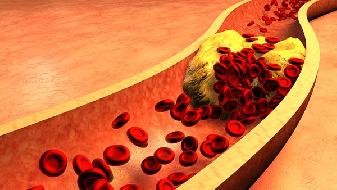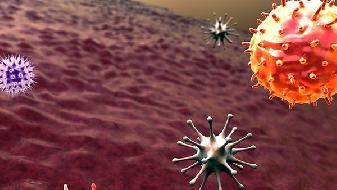Delta virus is a variant of COVID-19, with stronger transmissibility and high viral load. This Nanjing epidemic is delta virus. Many partners are asking how long is the general incubation period of delta virus? How many days does Delta usually show symptoms?

Symptoms of Delta virus usually appear within a few days.

It is reported that the clinical symptoms of Delta virus are as follows: after normal people are infected with Delta virus, the nucleic acid virus load in their bodies is high, resulting in strong transmission and infectivity; Early symptoms include fatigue, olfactory dysfunction, mild muscle soreness, etc; The incubation period is short, with an average of 4.4 days. According to experts, theoretically, the virus has a lower mortality rate and stronger transmissibility. But when it comes to the specific mortality rate of the Delta strain, comparing it with the prototype strain requires the accumulation of a large amount of clinical data to draw a conclusion.
What are the new characteristics of the Delta variant strains?
What are the new characteristics of the Delta variant strains?
The Delta strain is currently the most prevalent strain of the global epidemic. From the previous related epidemics, this strain has some new characteristics, such as enhanced adaptability to the body, faster transmission speed, higher viral load, longer treatment time, and easier development into severe cases. In terms of transmission, the Delta strain is stronger. In the previous round of the Guangzhou epidemic, Feng Zijian, a researcher at the Chinese Center for Disease Control and Prevention, stated that the infectivity and transmission ability of the "Delta" variant strain have significantly increased, especially with shortened incubation periods or passage intervals. In just 10 days, the virus has been transmitted for five or six generations, and the speed of transmission is accelerating. The PCR test results of the samples from infected individuals showed a significant increase in viral load. The transmission ability of this mutant strain has doubled compared to previous strains. After being infected with the Delta strain, the viral load in the patient's body will be relatively high. In the previous Guangzhou epidemic, the proportion of patients who became severe or critically ill after onset was higher than before, and the time for them to become severe or critically ill was earlier. The CT value of the patient is very low, and the lower the CT value, the higher the viral load in the body, and the longer it takes for the patient's nucleic acid to turn negative. The Delta strain may have immune evasion, but the vaccine still provides protection. Feng Zijian once explained that during the Guangzhou epidemic, the proportion of people who have not received vaccination among confirmed cases who have turned severe or experienced severe illness is significantly higher than those who have received vaccination, and vaccines still have a protective effect against new strains. Previous studies have found that compared to unvaccinated cases, vaccinated cases have a shorter time from diagnosis to antibody positivity, higher CT values, and shorter hospital stays.







Comments (0)
Leave a Comment
No comments yet
Be the first to share your thoughts!